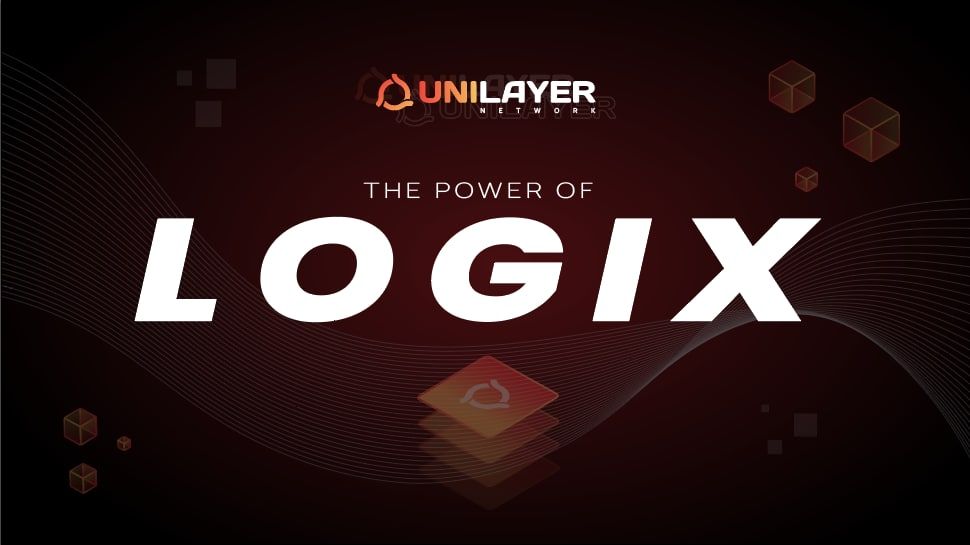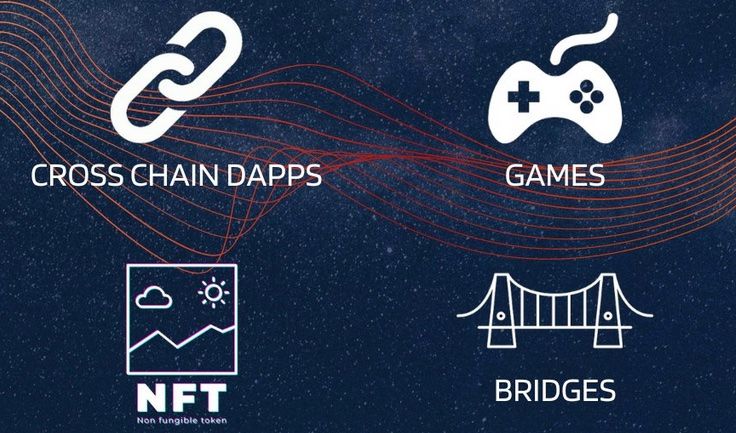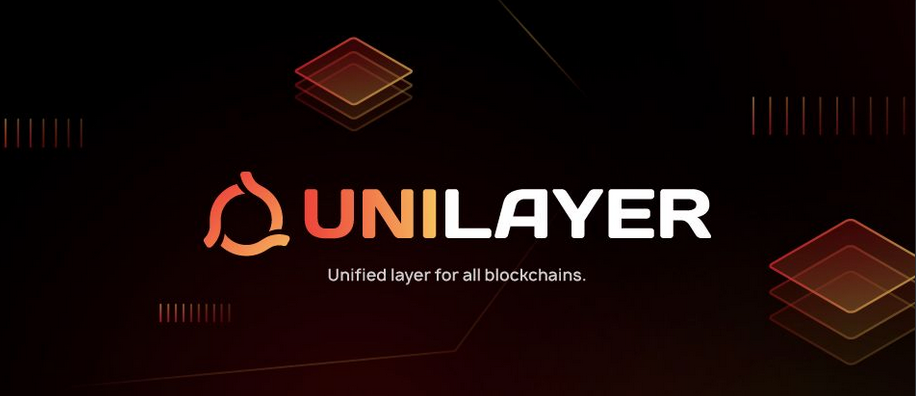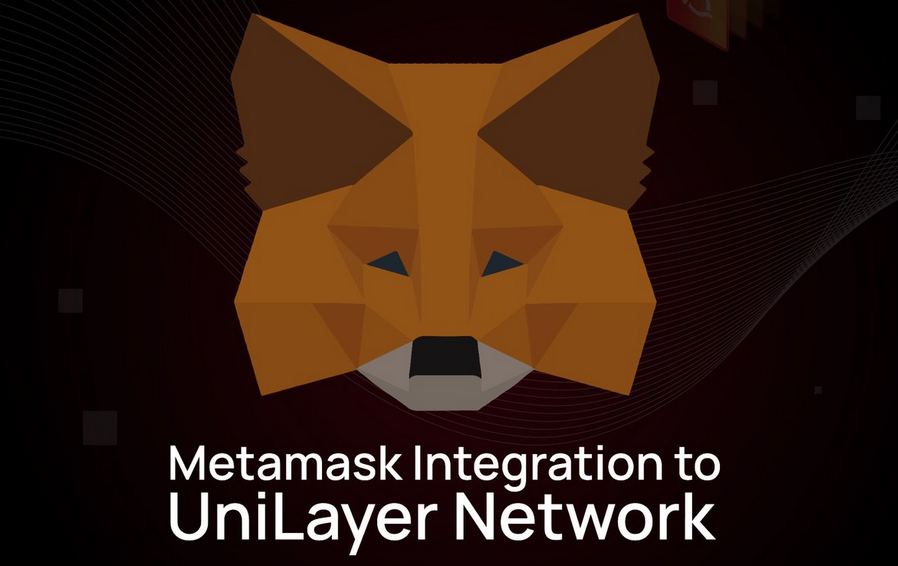Can UniLayer Make Smart Contracts Smarter?

The last few months have been a busy and exciting time for UniLayer! We have onboarded 4000 whitelist users for our newly-launched public testnet, experienced tremendous growth on social media platforms, successfully completed two fundraising rounds, and appeared at several international blockchain conferences. The future is bright for UniLayer, and the path toward true multichain interoperability is clearer than ever.
How is UniLayer Making Smart Contracts Smarter? Let’s Dive In!
UniLayer has always been defined by our cutting-edge tech - innovations that reenvision the possibilities for cross-chain interoperability. We are building a multichain future that returns to the ethos of decentralization, by enabling any independent blockchain network to connect with any other, all while remaining on-chain through UniLayer’s Layer-1 network.
To make this possible, UniLayer operates “Universal Nodes”, nodes that validate transactions on a native chain (Ethereum, Near, Solana, etc.), as well as cross-chain transactions on the UniLayer network. UniLayer can turn any blockchain's node into a Universal Node.
Integrated with UniLayer’s Universal Nodes is our Cross-chain Control Logic, or “Logix”. Logix is a system of smart contracts, which act as universal translators, enabling any blockchain network to connect with any other. Beyond basic transactions, Logix smart contracts are also able to coordinate the smart contracts of multiple blockchains, bundling them, and condensing all operations into a single cross-chain smart contract.
UniLayer is making smarter smart contracts.
UniLayer’s Web3 infrastructure will support cross-chain liquidity, multichain NFTs, and DApps that draw from the unique advantages of each blockchain. UniLayer’s Layer-1 network also ensures that all transactions are secure, fast, and virtually feeless.
These developments are a leap forward for interoperability, and they lend UniLayer a significant edge in terms of security, cost, and ease of use, especially when compared to bridge- and oracle-based solutions.
To explore how the UniLayer platform works, let’s dive a little deeper into the tech and its implications, with a focus on Logix in particular.

Making Cross-chain Easy: Cross-chain Transport Control Protocol (CTCP)
UniLayer’s blockchain infrastructure, which we’ve already introduced, is known as the Cross-chain Transport Control Protocol (CTCP). CTCP consists of two parts:
1. The Layer-1 network itself, made up of UniLayer nodes (Universal Nodes), which imbed natively in separate blockchains, validating transaction both natively and on UniLayer’s cross-chain network.
2. UniLayer’s Cross-chain Control Logic, “Logix”, a system of cross-chain smart contracts that facilitate simple cross-chain transactions, as well as integrate and coordinate multiple smart contracts across various blockchains, bundling them into a single UniLayer smart contract.
For a more in-depth explanation of UniLayer’s architecture, please see our light paper.
3 Fundamental Ways Unilayer is Reenvisioning Smart Contracts
Logix is a major upgrade to smart contract technology as a whole. UniLayer is re-envisioning the smart contract in 3 critical ways.
⛓️ Cross-chain Transactions: Logix smart contracts facilitate cross-chain transactions on the UniLayer network, operating natively on each blockchain, and transacting between all of them. Working in tandem with the Universal Nodes, Logix is a key component of UniLayer’s decentralized interoperability platform.
🔀 Multichain Smart Contract Bundling: Logix drastically reduces the complexity inherent in coordinating smart contracts on separate chains, uniting them in a single cross-chain smart contract. The UniLayer smart contract is an efficient mechanism for directing operations across many blockchains: “one smart contract to integrate them all”.
📄 Interoperable Smart Contracts: Inversely, Logix is a de facto upgrade for all smart contracts, irrespective of the chain. Logix can provide any smart contract with the power to integrate with others cross-chain, unlocking limitless possibilities for DApps on all chains.
Taken together, UniLayer’s smart contract functionalities are a tremendous advance for interoperability and the blockchain space as a whole.
Logix is the future of multichain.
Let’s take a closer look at Logix’s functions: basic cross-chain transactions, and smart contract bundling and interoperability. The implications are deep and far-reaching.
Cross-chain Transactions: Faster, Cheaper, and Secure
In their most basic form, UniLayer’s Logix smart contracts serve as the binding element of the multichain blockchain ecosystem, enabling open communication and movement of assets across all blockchains. UniLayer’s transactions are transaction fast, secure, and (apart from transaction costs of other chains) virtually feeless.
The UniLayer team is hard at work, developing Logix smart contracts tailored to each major blockchain (Ethereum, Near, Solana, Bitcoin, etc.), smart contracts that will enable each network to freely interact and transact with all others. These smart contracts act as Rosetta stones, bridging the gap between different blockchain “languages”, and erasing the barriers between networks.
Let’s take Ethereum and Near Protocol, for example. Once Ethereum and Near are integrated with the UniLayer network, a user or smart contract on the Ethereum network will be able to send assets and (more generally) messages to the Near network, or vice versa.
This is made possible by the coactive Logix smart contracts that “live” within the Ethereum and Near networks, together with those on UniLayer nodes that exist outside of the two networks. This system of smart contracts conveys messages from the source blockchain to the destination chain, and in the process, records them on UniLayer’s blockchain, securing them transparently, completely on-chain.
For the user, the experience of sending coins or NFTs cross-chain - for example, from Etherium to Solana - will be as simple as any single-chain transaction. One wallet, when tied to the UniLayer network, will be able to transacts with any chain, with virtually no fees, outside of those of the native chains.
Logix: One Smart Contract to Integrate Them All
In addition to facilitating basic cross-chain transactions, Logix can also integrate and direct smart contracts across multiple blockchains. The streamlining of smart contracts introduces a whole new level of security and ease of use to DApps. UniLayer’s Layer-1 network ensures security for all cross-chain transactions, and a single UniLayer smart contract is able to direct multiple smart contracts across multiple blockchains.
With UniLayer’s tech, DApp developers will be able create applications that utilize multiple blockchains simultaneously. There has been an explosion of blockchain development over the past few years, with increased specializations and individual approaches, so it is only natural that DApps take advantage of the unique strengths of each chain. One chain may be best suited for one particular aspect of a DApp, so the synergy of multiple chains will push DApps to reach new levels of complexity, while retaining the security of decentralization.
Multichain Blockchain Gaming: a Major Use Case
Consider interoperability in the context of play-to-earn gaming.
The landmark blockchain game, Axie Infinity, was built on Ethereum, which is notoriously slow and expensive during times of high usage. To counteract these drawbacks, Axie Infinity developed an Ethereum sidechain, Ronin, which drastically reduced transaction costs and increased transaction speeds for users.
Ultimately, the project fell victim to a massive hack, due to the centralized weaknesses of its blockchain. Had Axie Infinity remained on Ethereum’s mainnet, it likely would have avoided such a breach. However, Ethereum’s mainnet had become unsuitable for a game that required numerous and small, cost-efficient transactions. How are future gaming platforms going to navigate these types of challenges?
Enter UniLayer’s interoperability solution.
A multichain blockchain game will optimize each aspect of its platform by using a different blockchain for each one. It will be able to support NFTs on the Ethereum network - a network renowned for its security and longevity - while performing microtransactions on Solana or another fast and inexpensive Layer-1, and even integrating with an additional Defi protocol on still another blockchain.
UniLayer’s Logix allows all of these transactions to be executed seamlessly and securely. A simple and cost-effective approach for the developer; a smooth and invisible process for the end user.
Multichain development will define the future of the entire blockchain ecosystem, and Logix is the technology that will make that vision a reality.

The UniLayer Vision
The interoperable capabilities of UniLayer are already here. It is only a matter time before the UniLayer network joins multiple blockchains, powering the next generation of multichain DApps.
We are looking forward to seeing Universal Nodes appear on Ethereum, Near, Solana, and all other major blockchain networks, with Logix smart contracts facilitating secure cross-chain transactions between all of the networks. We are also excited to see how DApp developers will take to multichain development, as new, cross-chain DEXs, Defi protocols, on-chain games, and NFTs are planned, developed, and released into the multichain blockchain ecosystem.

What’s Next for UniLayer
The UniLayer team is actively working on the integration of Metamask with our public testnet, the development of our block scanner, as well as the final draft of our white paper. (Apply to join our public testnet here.) Stay tuned for future partnerships announcements as well!
Learn more and join us on our journey to total interoperability:
Unilayer.io - Sign up for our newsletter to keep up with the latest updates.
Telegram - Stay in touch with our community.
Discord - Get involved and communicate directly with our team.
Twitter - Be alerted to announcements, giveaways, AMAs, and more.

